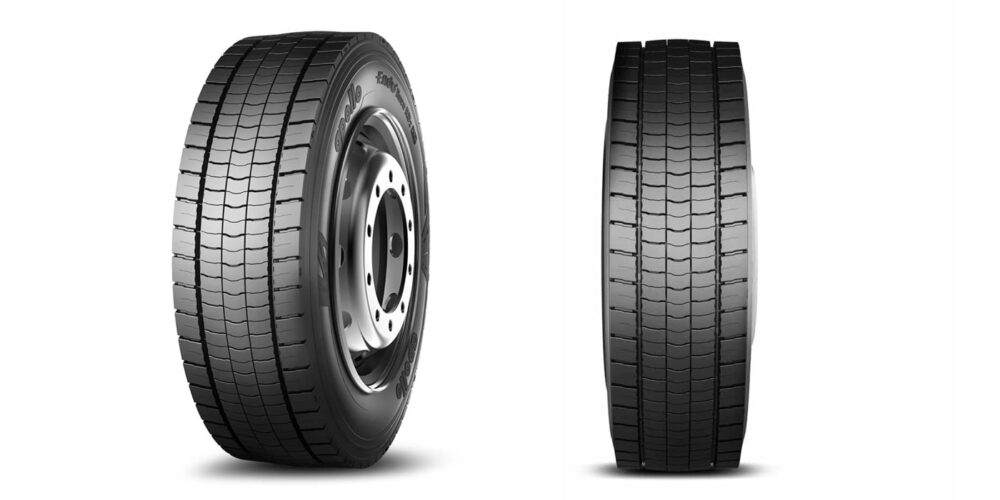While working at Shell Oil Co.’s Wood River Research facilities, my engineering team was tasked with determining relationships between gasoline composition and drivability and fuel economy. This would be much easier today due to the impressive electronic devices available, but in 1969, we had to do things the hard way.
I developed a cyclical operational test procedure for use on our chassis dynamometers. We made an audio tape which gave detailed driver commands at precise time intervals. Then we conducted more than 450 different tests using this procedure, and we were often surprised at the results.
For example, a test fuel which exhibited terrible drivability also gave the best fuel mileage. We later determined the reason: This fuel was so bad that the engine would often stall when the driver attempted a rapid acceleration. If the vehicle was at speed, the dyno rolls would continue to turn and rack up distance (miles) while the engine was not using any fuel, because it had died. We hadn’t foreseen that one.
Two lab techs and I drove more than 450 tests, and we learned something incredible: Mileage results had to take the driver into account. I was racing at the time, and I consistently drove 0.5 MPG worse than our best driver because I would stomp the throttle at the voice command. The best driver was more mature, and he would ease into the throttle at each acceleration command. The third driver was between us in mileage consistently. This forced us to consider how drivers influence vehicular fuel economy. Today, I don’t think engines are quite as sensitive to driver differences as they were back then, but the driver is still a significant portion of the equation.
Want more insight from John Martin? Click here to see all of his columns.
Think about how you drive in traffic. If the flow of traffic is steady until a light changes from green to red, watch what the other drivers do. You should instantly get off the throttle, but don’t apply the brakes. Other drivers will often run hard right up until the last moment and then hit the brakes. They will consistently get worse fuel economy because they didn’t think ahead.
How many truck drivers do you observe braking going down a hill? The best driver will think ahead and lose some of his speed by backing off the throttle as he crests the hill in order to avoid braking going down the hill. It’s easy to do—you just have to think ahead. Any time you touch the brake pedal you are losing fuel economy.
As always, best fuel economy is obtained at lower engine speeds because engine pumping losses are minimized. I always give a little silent cheer when I hear a truck driver “short shifting” away from a stop. Way to go! You are the man!
How many trucks do you observe going side-by-side down the freeway holding up traffic? This usually occurs because the driver of the passing truck didn’t think ahead about his passing maneuver. Think like a NASCAR driver and time your pass to be out of the slipstream a minimum of time. A NASCAR driver will follow the vehicle in front until he sees his opportunity to pass quickly. Fleets that instruct truck drivers to do this will get better overall fuel economy.














